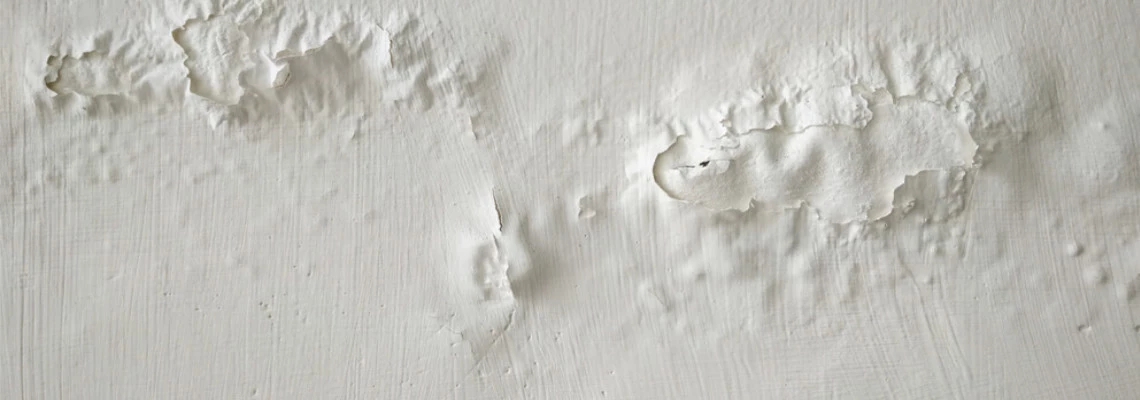
CAN IMPROPER INSULATION MATERIAL CAUSE DAMP?*
While water is a source of life for humans, it can be detrimental to insulation. In fact, water is the worst enemy of any insulation and can destroy it in just a few days. In this article, we will discuss how this usually occurs, how to prevent it, and what situations to avoid so that we never have this type of problem. Let's begin!
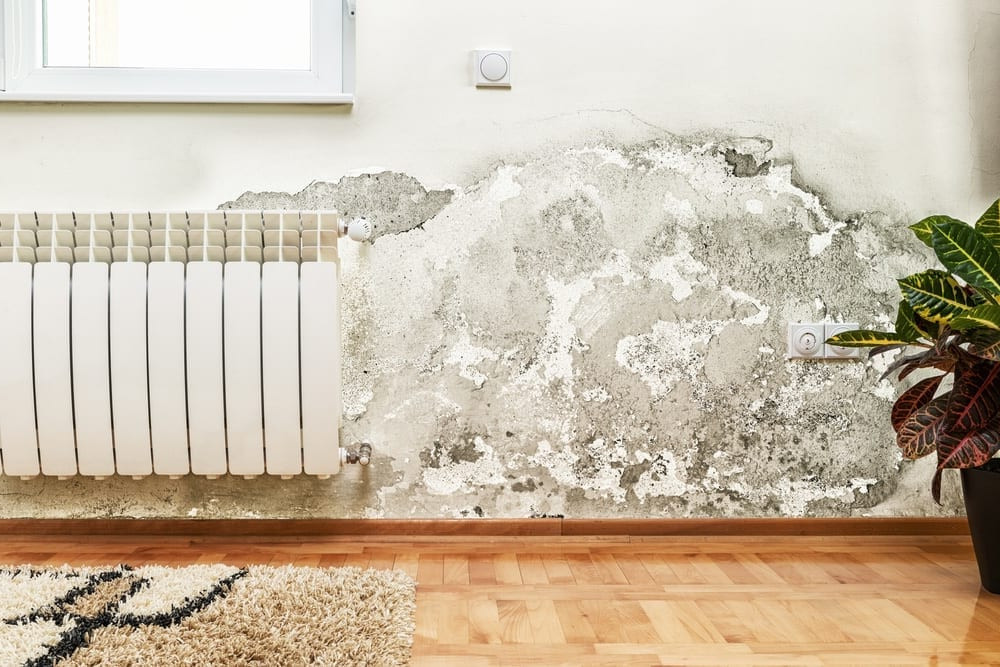
Picture credit:rockwool.com
DOES POOR INSULATION CAUSE DAMP?
The issue of whether or not insulation leads to dampness is often connected to the use of insufficiently thick insulation, rather than the overall quality of insulation. Whether it is mineral wool, PIR (polyisocyanurate), or EPS (expanded polystyrene), each type of insulation is produced to high standards and should be used in specific applications. For example, EPS is commonly used for external walls of buildings, mineral wool is used for soundproofing partition walls, while PIR is frequently used for insulating attic roofs and floors. Each type of insulation has its specific thermal insulation purposes. So, why does inadequate insulation cause dampness?
Here are two reasons why insufficient insulation can lead to dampness:
1. INSUFFICIENT THICKNESS OF INSULATION
Even the best insulation, whether it's Phenolic board or PIR, can cause dampness when used in inadequate thickness. It should be understood that to ensure minimal thermal insulation resistance, a minimum thickness of 50mm should be used. This is the absolute minimum in today's stringent standards outlined in building regulations by goverment. Interestingly, insulation that is too thin, below 50mm, doesn't contribute much to the insulation of our building and can often lead to increased moisture inside the house.
Let's imagine a situation where, in an attempt to save money, we decide to insulate our external walls with EPS (expanded polystyrene) insulation. We choose a thickness of 30mm or 40mm. That's not much considering that the cost of the EWI (External Wall Insulation) system remains the same regardless of the thickness. Such a thin layer of EPS not only provides insufficient protection for our walls but also creates a ventilation barrier for them. If we assume that we won't install additional ventilation in the house, we have a problem right away. Our walls will start sweating, and the dew point will move towards our walls. Dampness will form on the walls, and the rest of the story can be easily imagined.
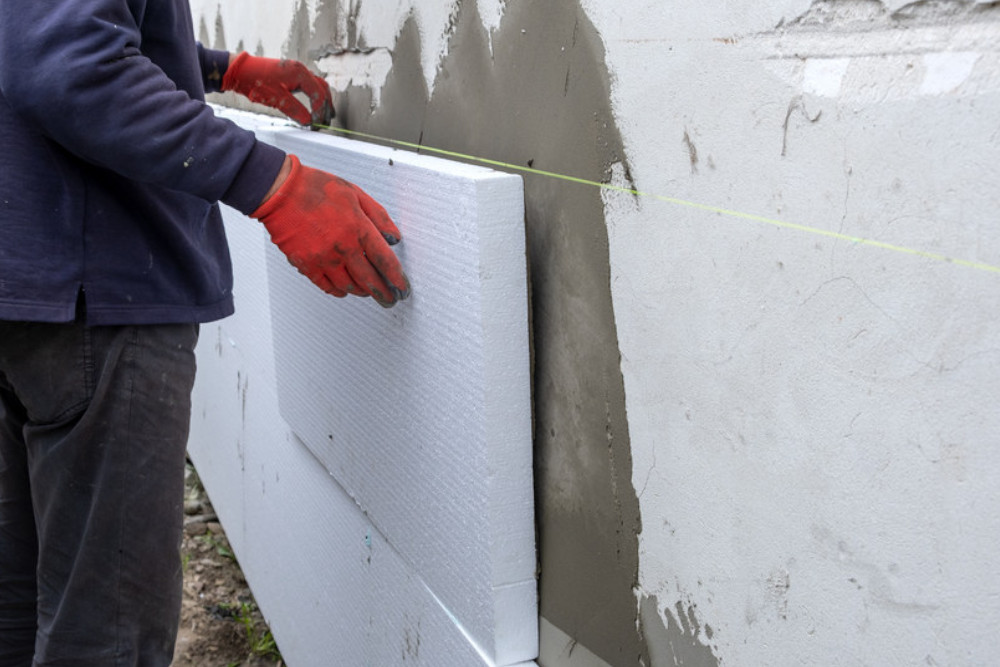
By increasing the insulation thickness by another 40mm, we create a sufficient barrier for the dew point. It is shifted towards the outer side of the wall, and the goal is to keep the dew point as far away as possible from our interior walls. Only then will the temperature difference inside the rooms remain small, preventing dampness from forming on the walls.
Therefore, it is important to remember that it is not the quality but the thickness of the insulation that most commonly affects the occurrence of dampness on the walls.
2. INSULATION LEAKAGE
Even the most expensive and best thermal insulation can fail to fulfil its function if it is installed improperly. Installing insulation in a careless manner, leaving gaps and large voids, creates interruptions in the insulation, which in turn leads to the accumulation of cold in those specific areas. These vulnerable points become ideal places for moisture formation. The temperature difference in these areas is so significant that condensation and moisture appear on the walls almost immediately. It is commonly said that every 20mm of insulation leakage can lead to a 500mm stain on the wall. This ratio of 1:25 should not be ignored! By leaving a few such uninsulated spots, we can cause persistent damage to the structural integrity of the walls, not to mention the presence of mould and humidity in the environment.
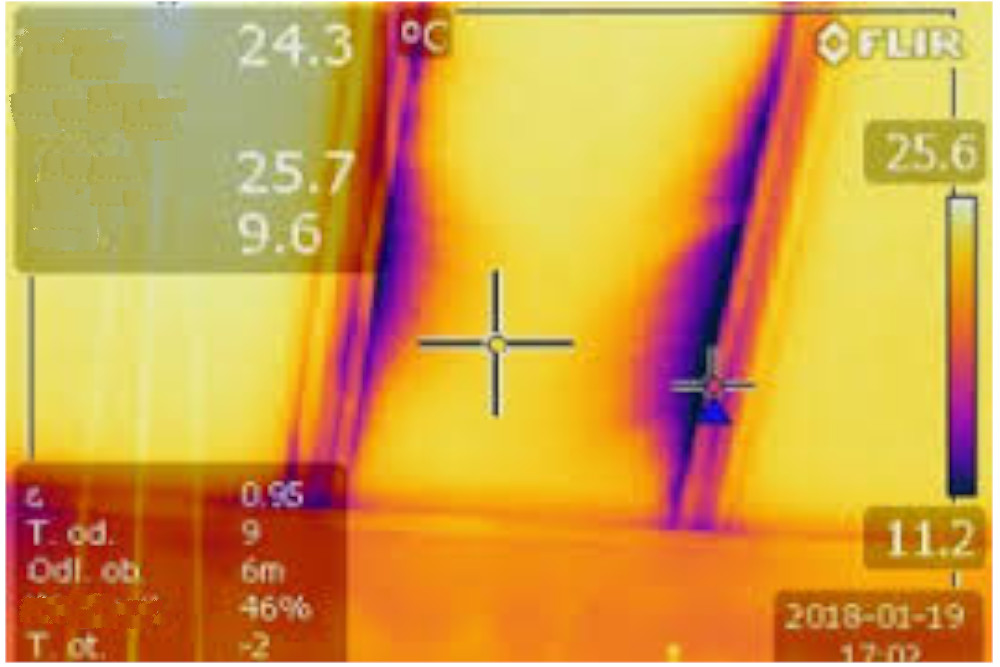
Therefore, special attention must be paid to the precision of insulation installation. Every spot left without insulation results in a loss of almost 50% of its thickness.
In conclusion, it can be stated that it is not just the poor quality of the insulation that can cause dampness; more often, it is the insufficient thickness or improper installation that have an impact.
CAN WALL INSULATION CAUSE DAMPNESS?
There are several cases where wall insulation can cause dampness.
The most common one is related to cavity wall insulation and its poor installation. The old type of wall ties used in construction often corrodes over time, leading to corrosion in the cement mortar, its degradation, and the creation of open pathways for atmospheric conditions such as snow or heavy rain. In such cases, it doesn't take much for the insulation to become wet and lose its effectiveness. Glass mineral wool insulation in this scenario never dries properly and often rots, becoming an excellent bridge for moisture. Therefore, it is recommended to use weather-resistant insulation materials like PIR (polyisocyanurate) insulation.
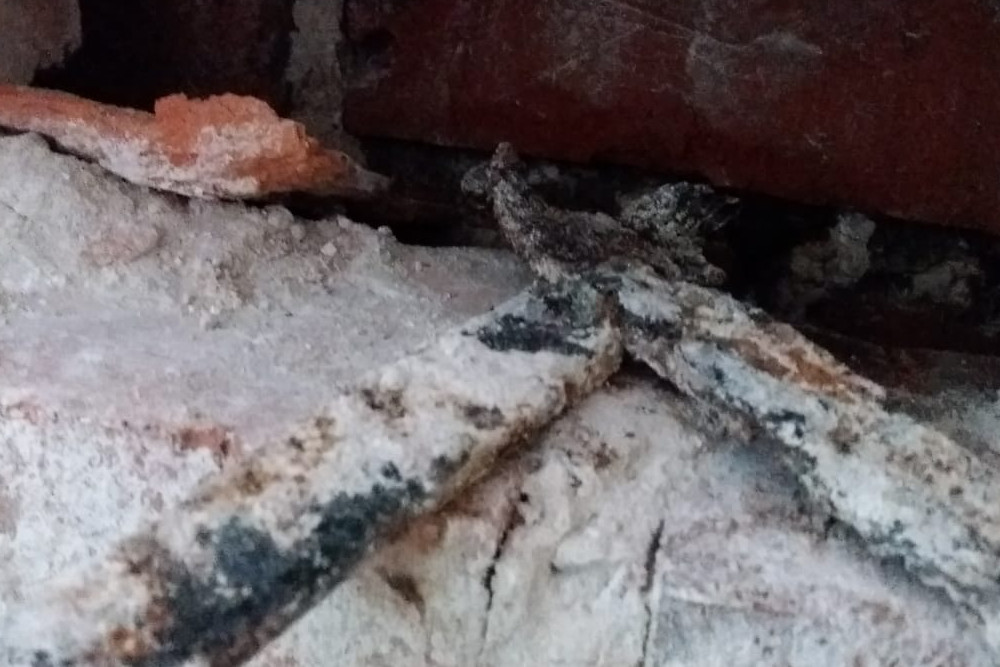
Picture credit:marsdendamp.co.uk
Another example of insulation that can indirectly cause moisture on walls is expanded polystyrene (EPS). Its closed-cell structure completely blocks the breathability of walls. In the absence of additional ventilation in the rooms, this accelerates the development of moisture. Therefore, it is advisable to use trickle vents in windows or additional ventilation openings with a minimum diameter of 120mm.
DOES BAD INSULATION CAUSE MOULD?
There are many stories that indicate that bad insulation can cause dampness. Yes, bad insulation can contribute to the growth of mould. Insufficient insulation can lead to condensation and moisture buildup, creating a favourable environment for mould growth. When warm, moist air comes into contact with a cold surface, such as a poorly insulated wall or window, it can cause condensation. The moisture from condensation provides the necessary conditions for mould spores to thrive and multiply.
Furthermore, inadequate insulation can result in temperature differences between the inside and outside of a building, leading to thermal bridging. Cold spots can form on surfaces where heat is lost, and these areas are prone to condensation and mould growth.
CAN TOO MUCH LOFT INSULATION CAUSE DAMP?
It is important to emphasise that loft insulation itself is not responsible for moisture buildup. Only it's inappropriate thickness and sloppy installation can cause dampness. In fact, excessive loft insulation thickness does not lead to moisture buildup; on the contrary, it can push the dew point towards the exterior of the building. This means that cold air or frost will never come into direct contact with the walls or ceiling inside our home. By installing too much loft insulation, we effectively minimise the possibility of cold air infiltration.
However, it should be noted that excessive loft insulation without adequate ventilation can lead to condensation. We have already discussed this in another article here.
DOES GOVERNMENT LOFT INSULATION CAUSE CONDENSATION?
It has become common to say that government loft insulation can cause condensation. When we talk about government insulation, we refer to the minimum insulation thickness recommended for loft insulation. Currently, this thickness is 270mm. Considering that roof rafters are typically around 170mm high, insulating the roof to the recommended and required thickness of 270mm also seals the roof and reduces its permeability. In some cases, this can lead to condensation and ultimately mould on walls or ceilings. The source of the problem should be sought elsewhere.

Picture credit:ventilation-system.com
Increasing the thickness of insulation should never cause more harm than good. It turns out that while solving one problem, we create another, and the lack of mechanical ventilation is to blame. In most European countries, it is almost obligatory to use mechanical ventilation in conjunction with thicker insulation. Unfortunately, in the UK, we often only insulate walls or ceilings, rarely implementing such solutions. Therefore, the problem lies in the lack of proper air exchange rather than the insulation itself referred to as "government insulation."
CONCLUSION
Proper wall and loft insulation play a crucial role in preventing moisture and mold formation in buildings. Inadequate insulation, such as thin or poorly installed insulation, can contribute to dampness and condensation. Insufficient thickness of insulation can lead to thermal bridging and temperature differences, creating conditions for moisture buildup and mold growth. Improper cavity wall insulation or the use of materials that do not allow for breathability can also result in moisture-related issues.
It is important to ensure that insulation is of sufficient thickness and installed with precision to create an effective thermal barrier. Using insulation materials that are resistant to weather conditions, such as PIR, can help mitigate the risk of dampness. Additionally, proper ventilation is essential to maintain airflow and prevent condensation.
While government recommendations for loft insulation thickness may cause concerns about condensation, the main issue lies in the lack of proper ventilation rather than the insulation itself. Increasing insulation thickness should not cause more harm than good if accompanied by adequate mechanical ventilation.
In conclusion, the quality, thickness, and proper installation of insulation are key factors in preventing dampness and mould growth. It is crucial to follow building regulations, use suitable insulation materials, and ensure proper ventilation to maintain a healthy and moisture-free indoor environment.
Realated articles:
THE BENEFITS OF THERMAL INSULATION: ENERGY SAVINGS, COMFORT, AND PROTECTION
FOIL INSULATION: TO GAP OR NOT TO GAP? THAT IS THE QUESTION!
STEP-BY-STEP GUIDE: HOW TO INSTALL CELOTEX BOARD BETWEEN FLOOR JOISTS
INSULATION TIPS: AVOIDING COMMON MISTAKES FOR A MORE ENERGY-EFFICIENT HOME
*All the information provided in the content published on Insulationgo blog is for informational and educational purposes only. Insulationgo LTD makes every effort to ensure the accuracy and timeliness of the content, but we do not assume any responsibility for any errors or omissions.
The information presented on this blog should not be considered as professional advice or a substitute for consulting relevant experts. Before making any purchase decisions or taking action based on the information presented here, it is strongly recommended to contact the product manufacturer directly to verify the details and ensure its suitability for your specific needs.
By using this blog, you acknowledge and agree that Insulationgo LTD shall not be held liable for any damages, losses, or inconveniences arising from the use or reliance on the information provided herein. This limitation of liability applies to all users of the blog, including but not limited to visitors, readers, and subscribers.










































































































